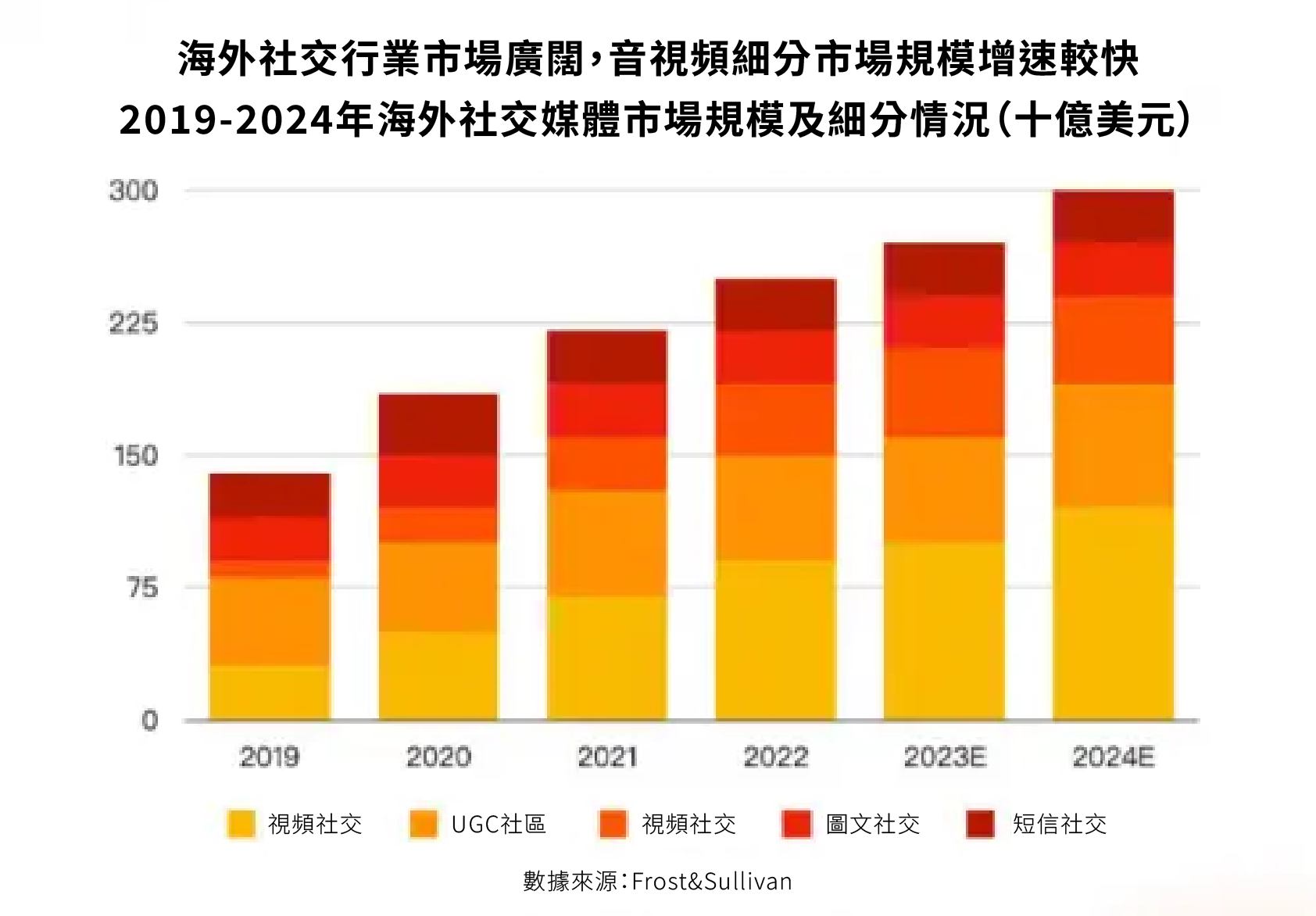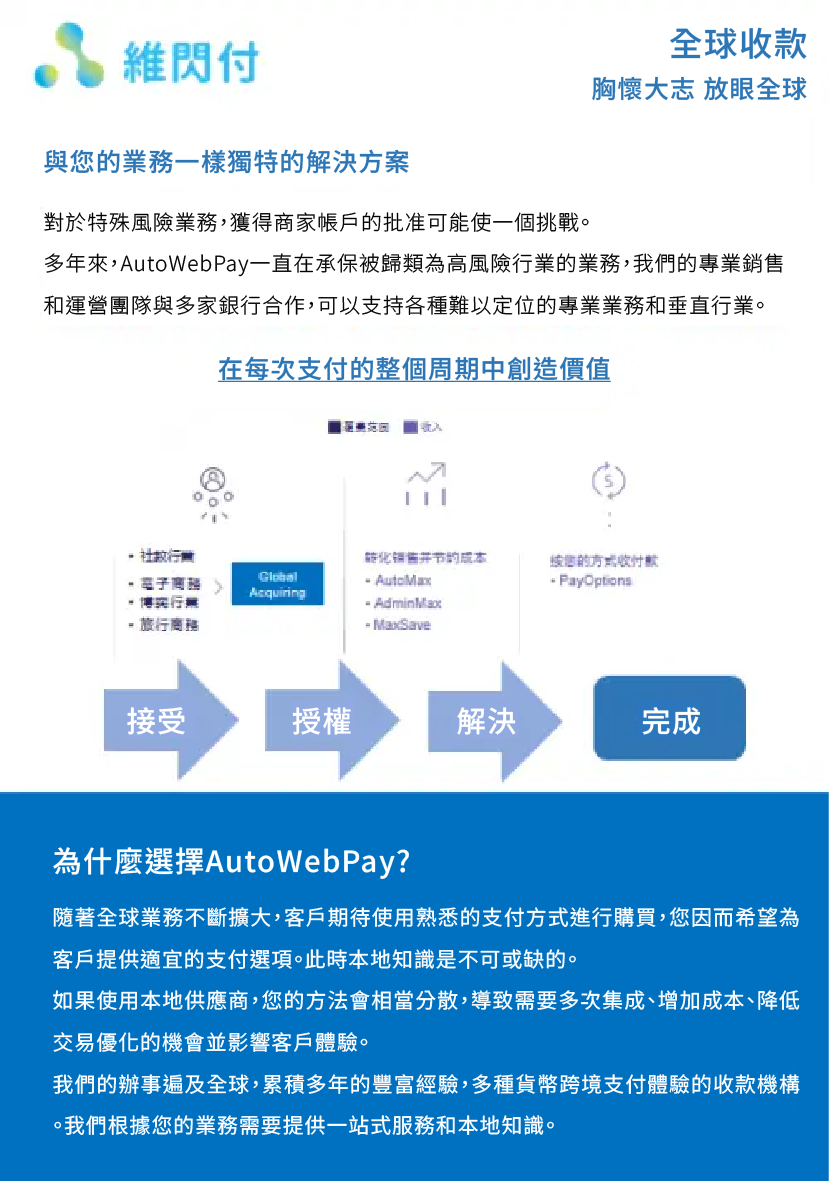2024-01-06
AutoWebPay 2024 Outlook: How Entertainment-based Social Networking Explores Overseas Opportunities to Gain a Foothold
The global social media market is experiencing robust growth. According to the global consulting firm Frost & Sullivan, the compound annual growth rate (CAGR) of the global social media market is expected to reach 15.1% from 2021 to 2024. Specifically, the video social market is projected to have a CAGR of 27.6%, while the audio social market is expected to grow at a CAGR of 25.8% during the same period.


Global short-video social applications like TikTok and live-streaming social platforms like Bigo Live have achieved remarkable user growth worldwide. However, domestic social companies venturing abroad face a common challenge: how to quickly and comprehensively achieve localization of social products during the overseas expansion process.
01 Entertainment Trends: Local Innovation
From the perspective of overseas influencer marketing trends, there are three tiers based on geographical markets:
1. Tier one represents the US and Europe: Influencer marketing is mature, with content production styles and trends setting global directions.
2. Tier two represents Southeast Asian countries like Thailand, Malaysia, Vietnam, as well as East Asian markets like Japan and South Korea: A large number of influencers emerge, primarily focusing on beauty and gaming content. They exhibit strong creative abilities and have high interaction frequencies with their fans.
3. Tier three represents emerging markets like India and Indonesia: Influencers are emerging rapidly, mainly consisting of small to medium-sized influencers in a phase of rapid development.
For brands and developers venturing into these markets, each region/country has unique influencer ecosystems and cultural habits. Influencer marketing requires combining local culture and user-generated content (UGC) to propose creative ideas. Successful content consists of “Creativity + Local Culture + UGC Content.
02 Technical Strength in Response to Challenges
The vast differences in user application scenarios also imply the need for more targeted technical solutions.
Regarding overseas technical and operational challenges, domestic technical personnel and management must immerse themselves in local environments to understand the practical details. For example, in the Middle East, the network environment and communication services are significantly different from those in China.
On one hand, differences exist in the network environment, where network latency can greatly impact user experience. On the other hand, network connections between different countries may not be interoperable. An industry insider involved in social software overseas expansion in the Middle East stated, “If you have deployed products in the Middle East, you will find that even countries that are very close on the map may not have interoperable network agreements. For example, Jordan and Israel are very close geographically, but their network protocols may not be compatible with each other.”
Moreover, language, culture, and religious habits pose inevitable challenges for localizing overseas operations. For instance, if an overseas team aims to deeply engage local users, they must find reliable local associations. Understanding local conditions and mastering local resources becomes crucial. In practical operations, they often encounter translation issues for minor languages and niche local dialects.
03 Overcoming Localization Challenges and Key Difficulties
Regarding compliance with payment regulations and differences in payment habits, the payment systems in many emerging markets are complex, with various electronic wallets catering to different user groups. Consequently, enterprises venturing abroad may initially struggle to find reliable payment channels. In mature markets like Europe and the US, the payment landscape presents different challenges. “Many credit card channels in Europe and the US are not open to our 1V1 business, and there have been cases of payment failures in the past.”
Chinese platform enterprises expanding overseas need to recognize that payment is not only the cornerstone of their international expansion but also a decisive weapon in the battle for overseas market share.
AutoWebPay has been dedicated to the field of entertainment overseas expansion for over 7 years, providing technical solutions and numerous recommendations to entertainment enterprises since the early stages. Its business spans the globe, supporting transactions in multiple currencies.


Conclusion:
Payment plays a crucial role in the international business journey, serving as the final mile of the entire consumer shopping experience. Beyond this, payment can act as a firewall for merchants, helping to strengthen risk identification and control capabilities to safeguard against financial harm. In the battle to overcome the localization challenges of the “last mile,” choosing a reliable and excellent partner like AutoWebPay can assist in finding the best localized solutions. This can better address the longstanding issues of product expansion and ensure smoother internationalization.






Report from: Sohu



© Copyright 2015 – 2024 | Auto Web Pay USA | All Rights Reserved






Report from: Sohu
© Copyright 2015 – 2024 | Auto Web Pay USA | All Rights Reserved


